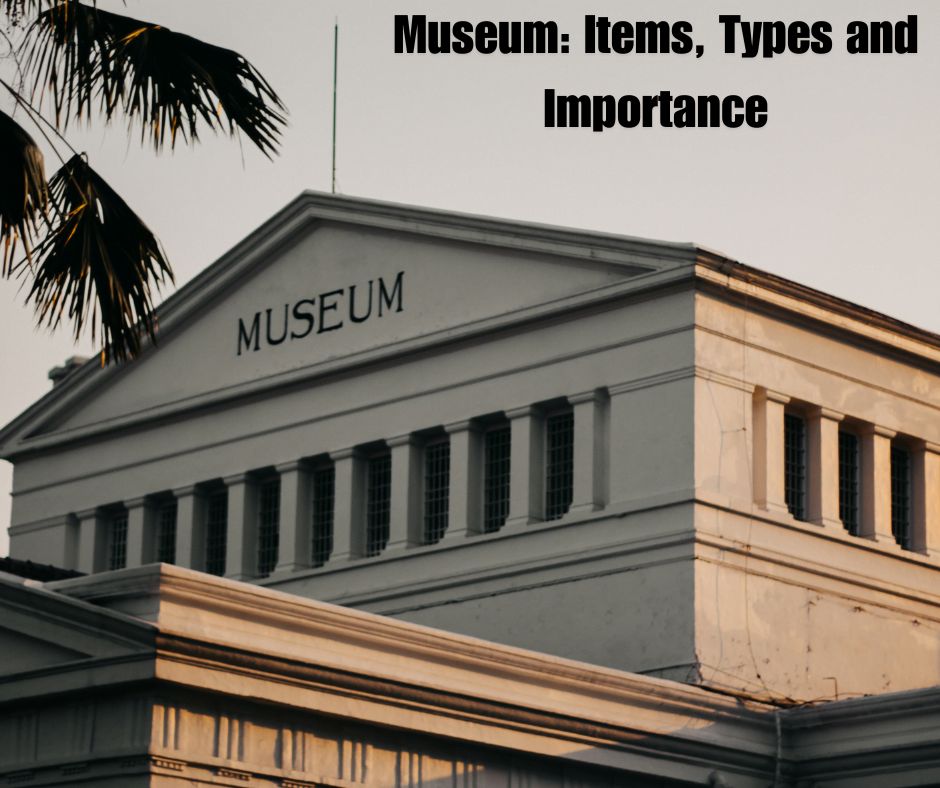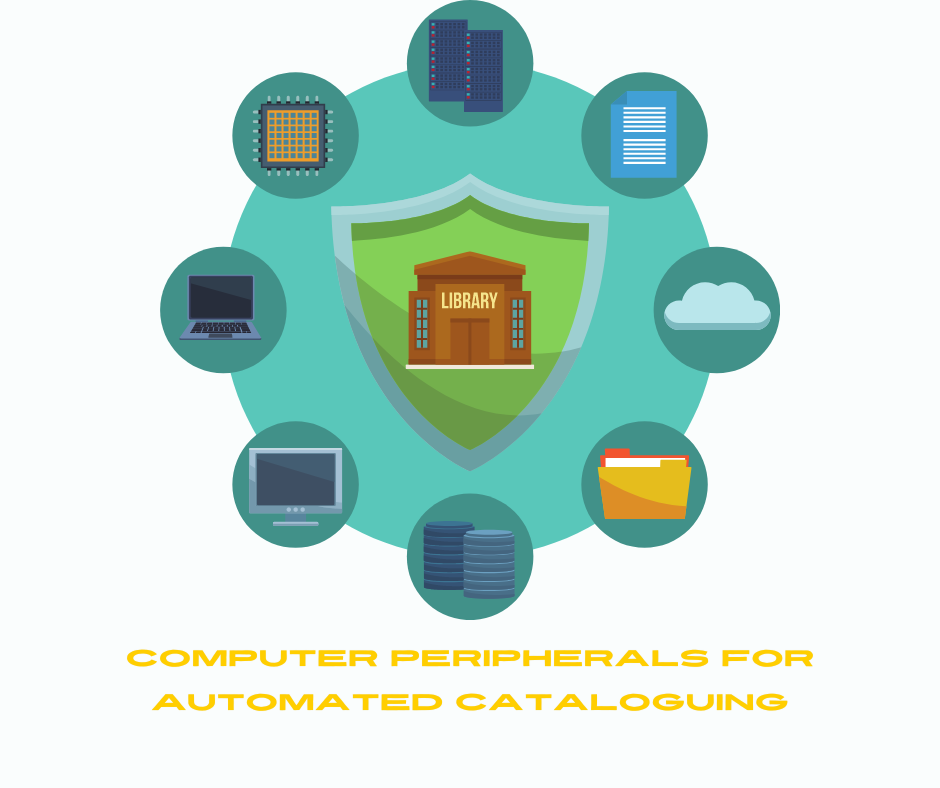Museum: Items, Types and Importance
Museums are important institutions that preserve and display historical, cultural, and scientific artifacts. They provide insight into the past, showcasing everything from ancient relics to contemporary art and allowing visitors to explore human history and creativity. Art museums house extensive paintings, sculptures, and photography collections, offering a glimpse into different cultures and time periods. Natural […]









